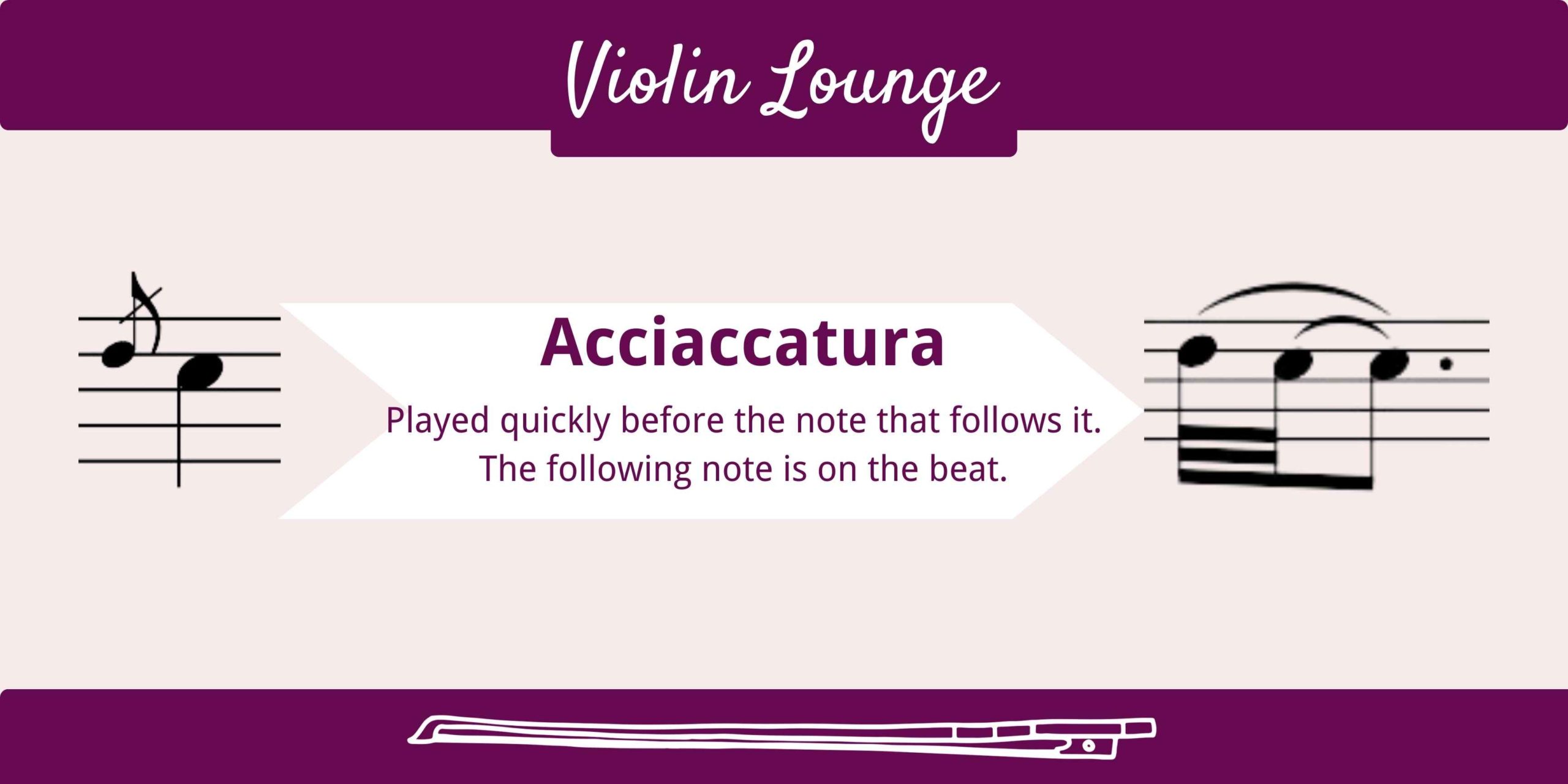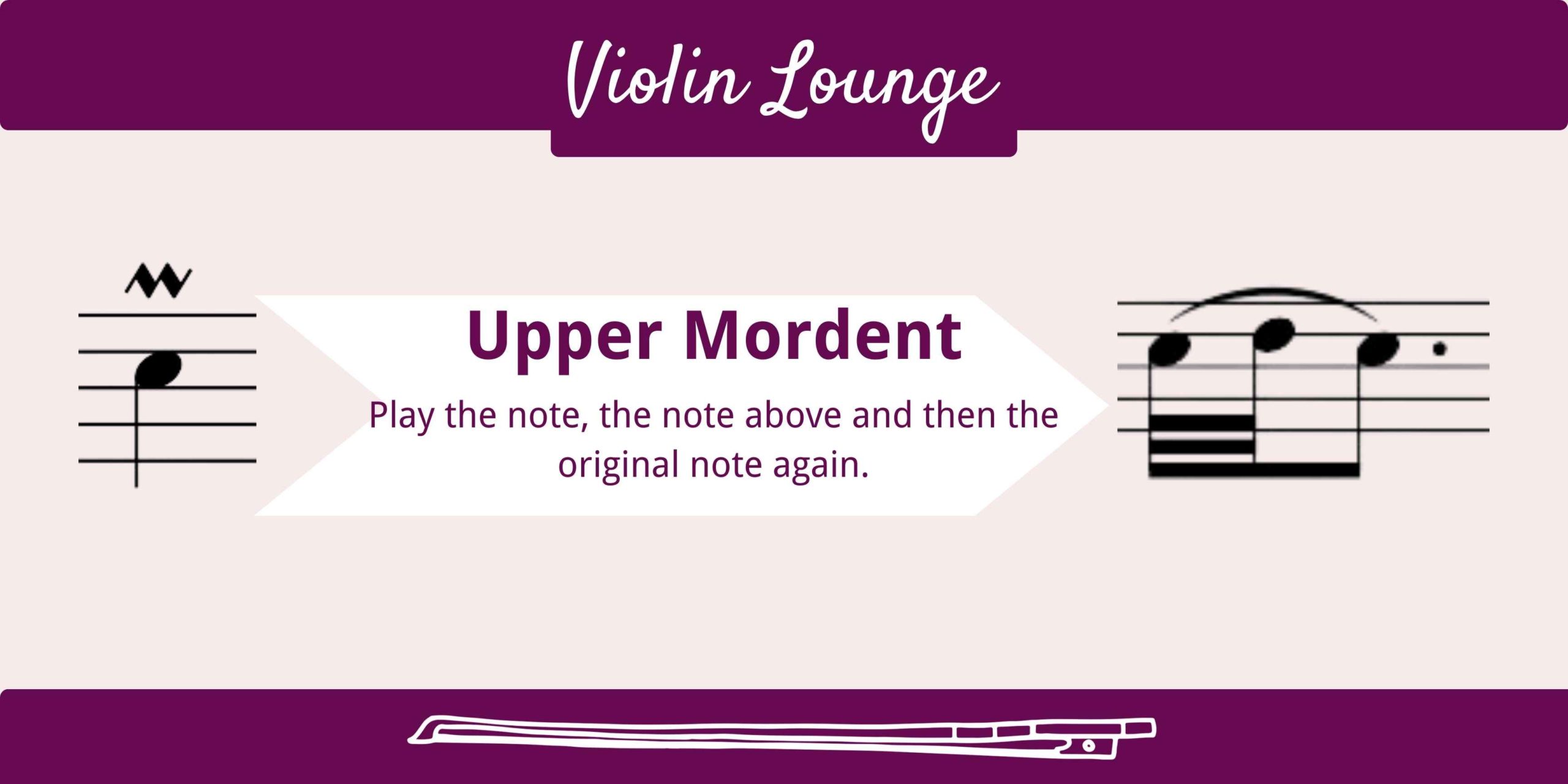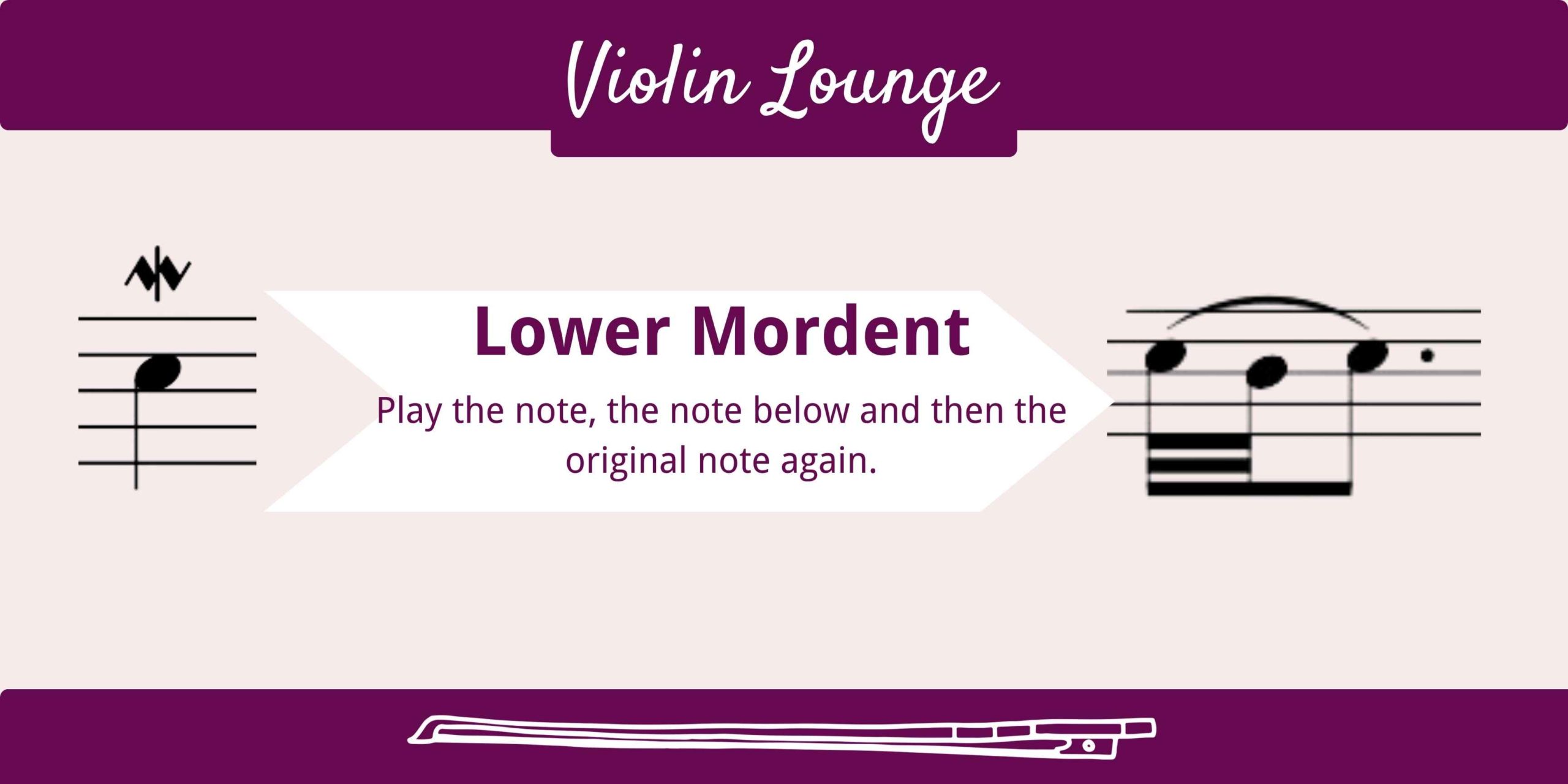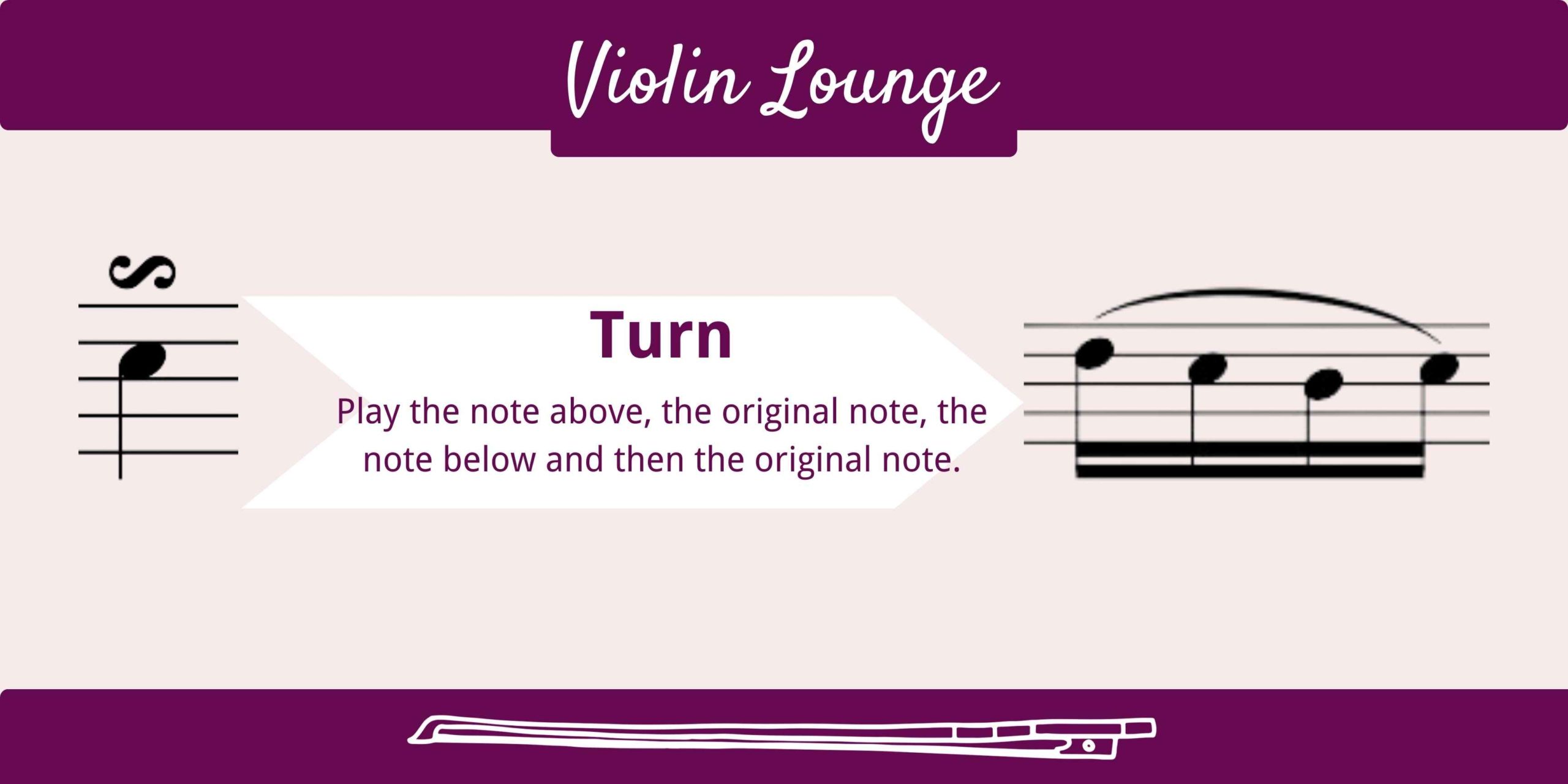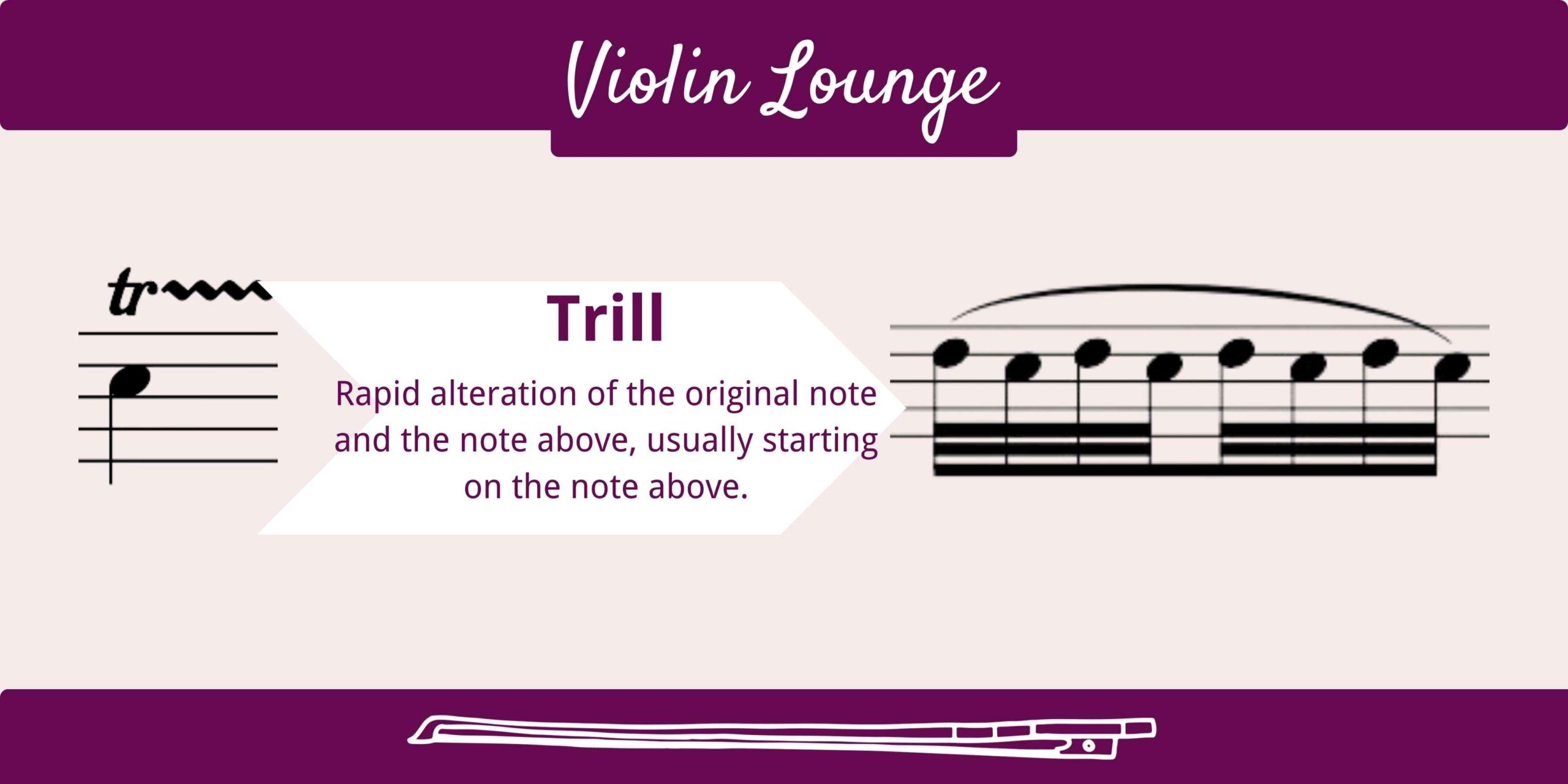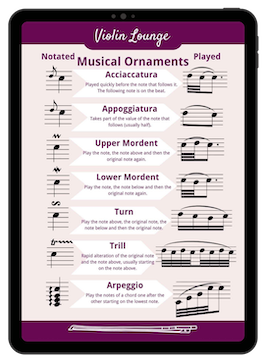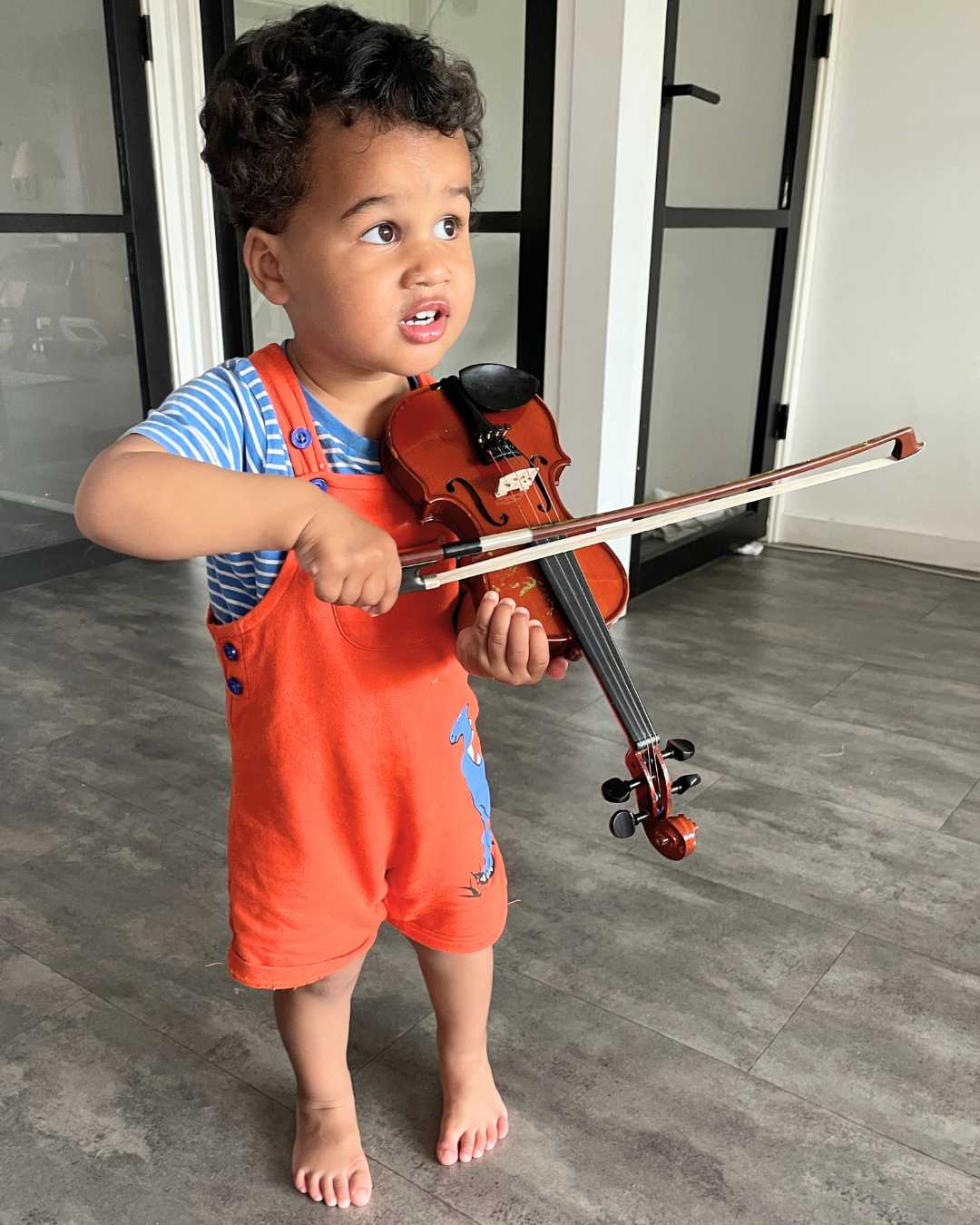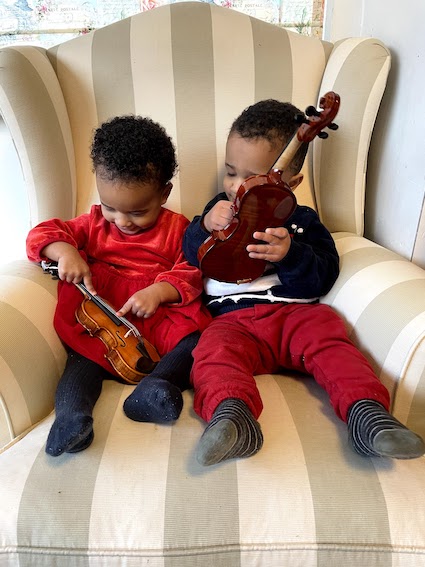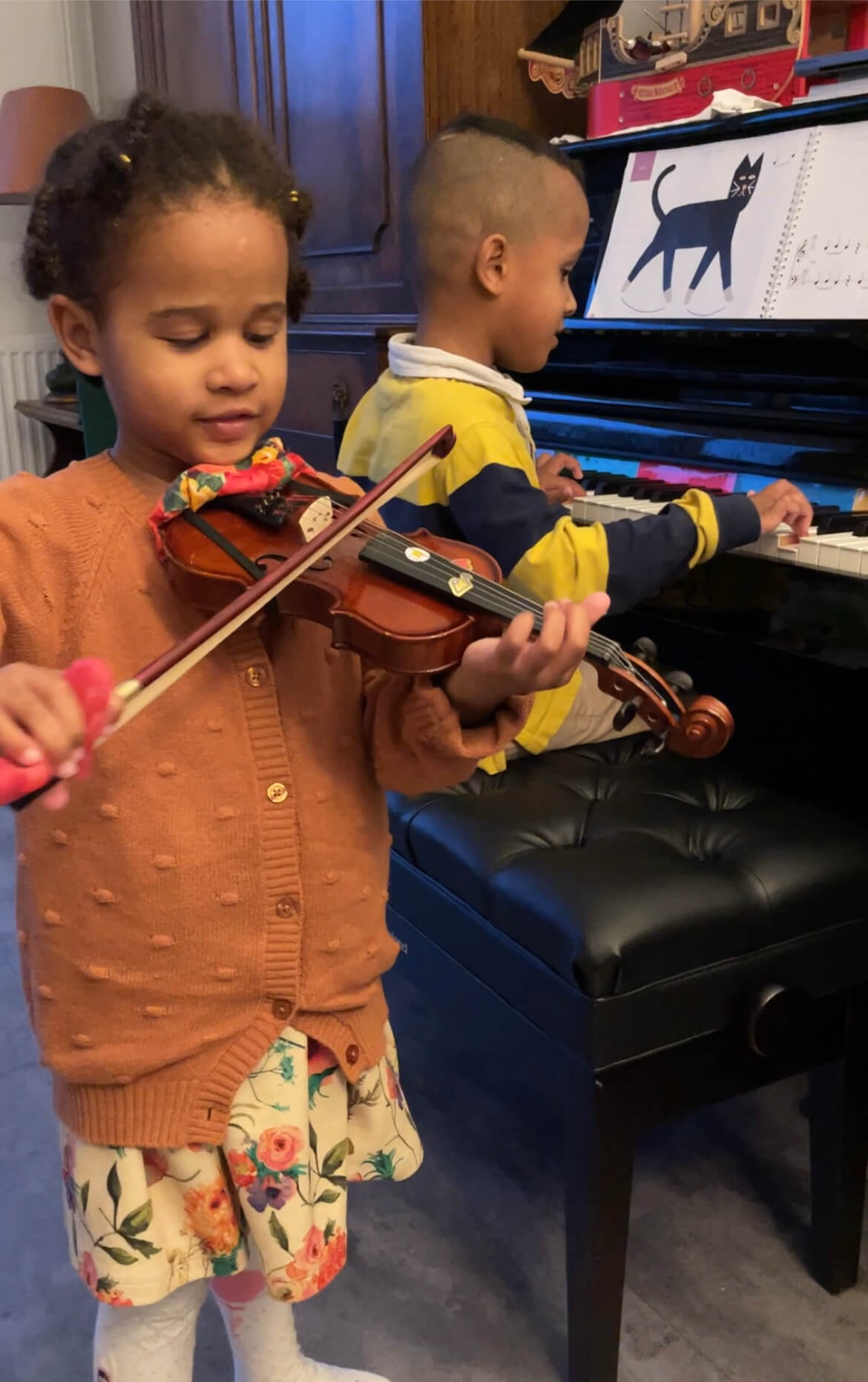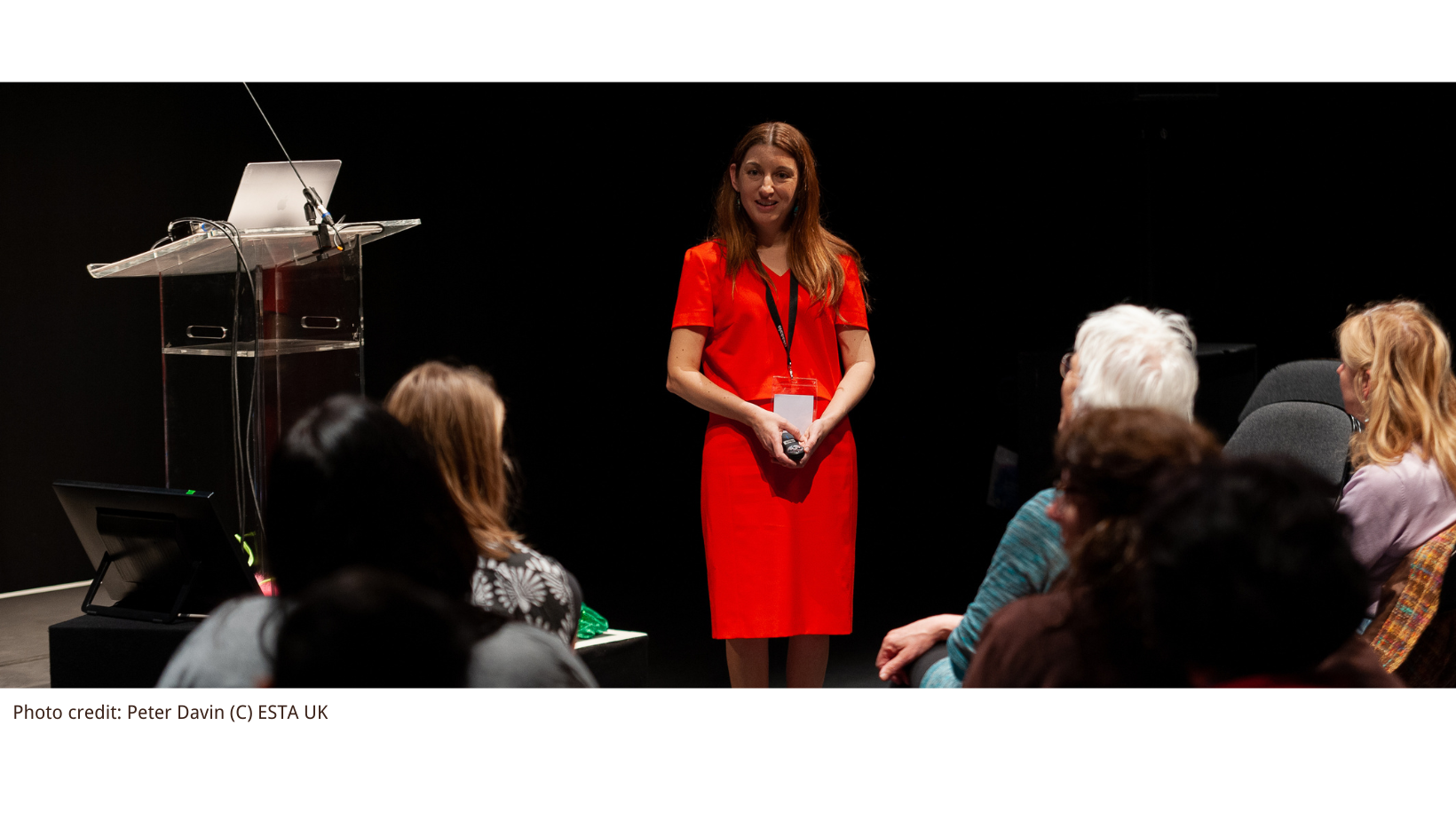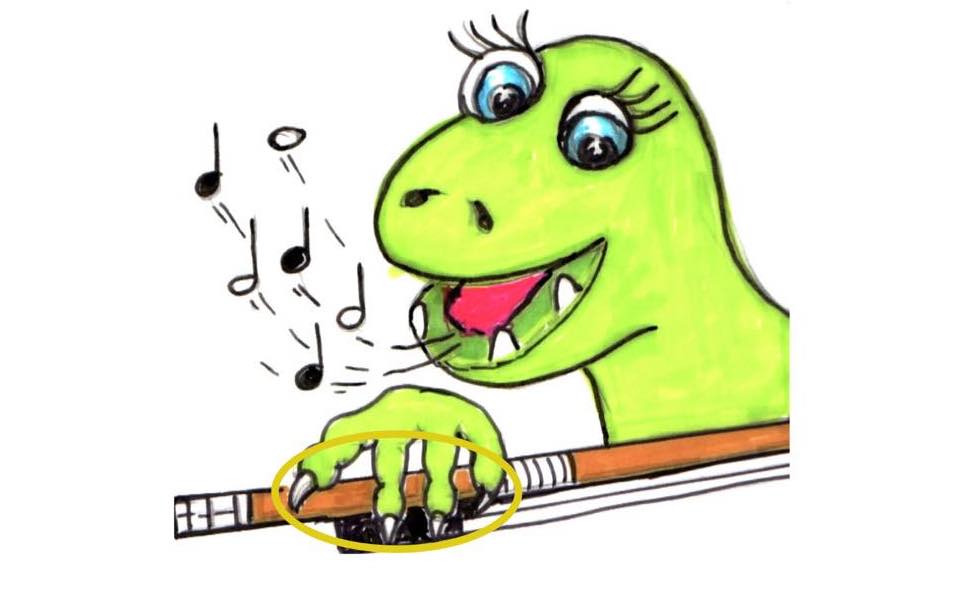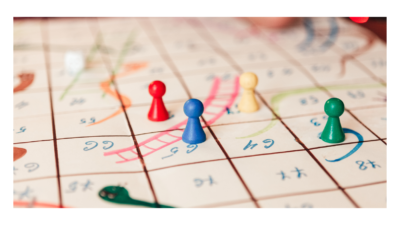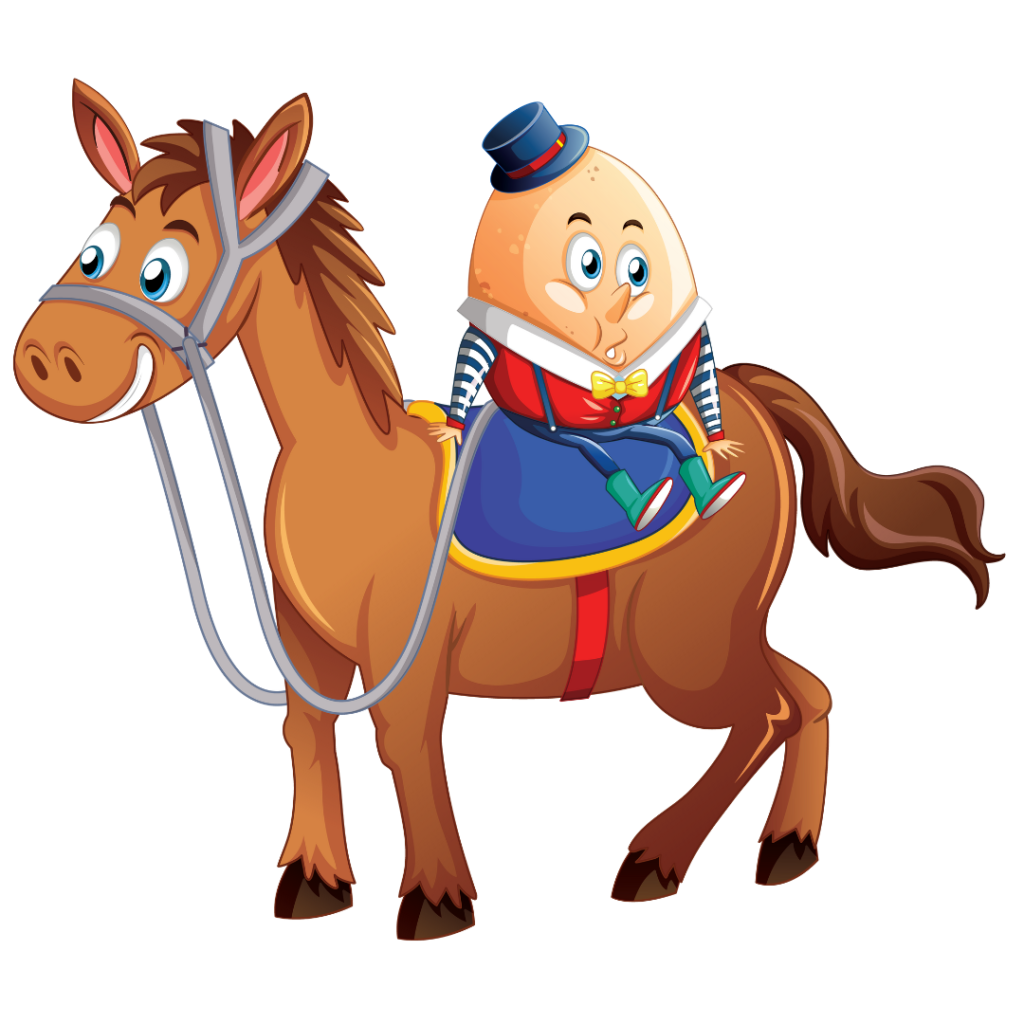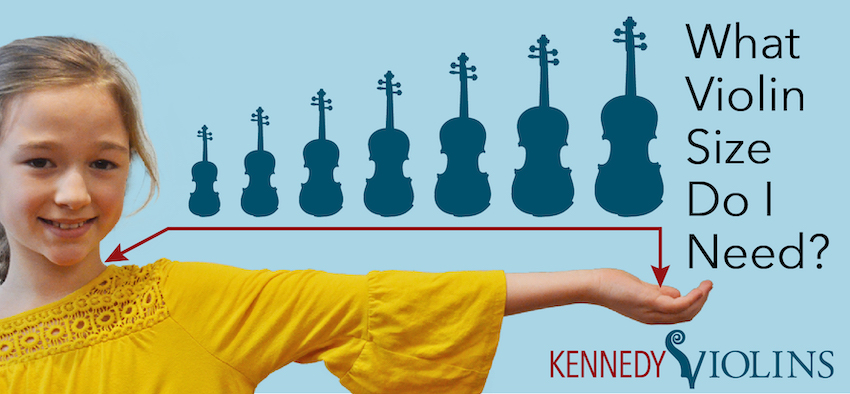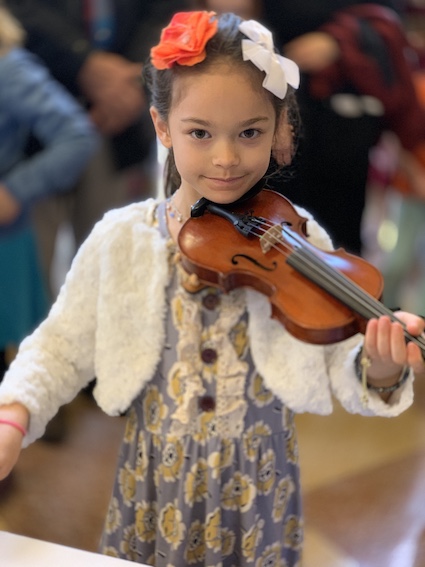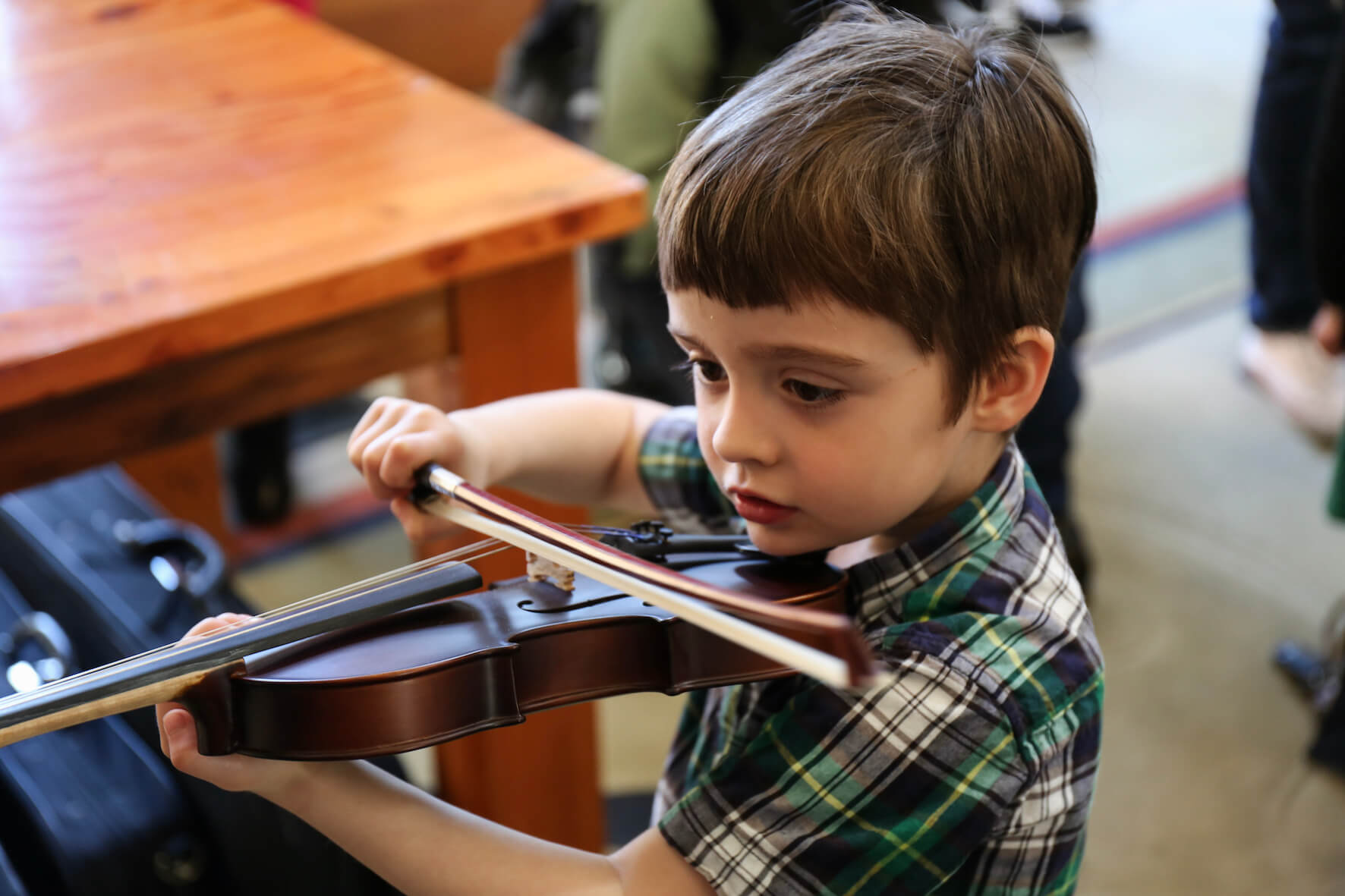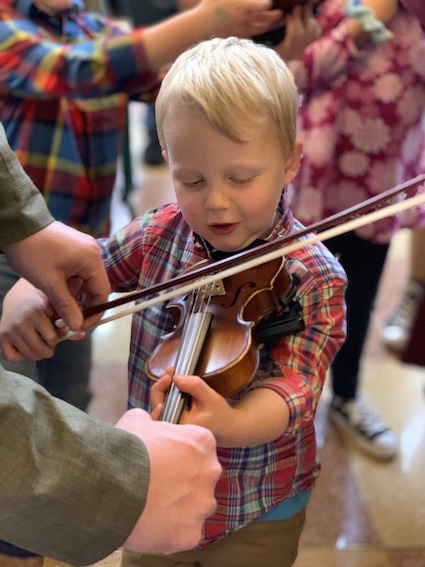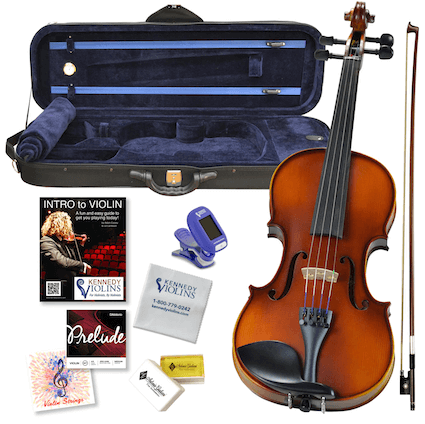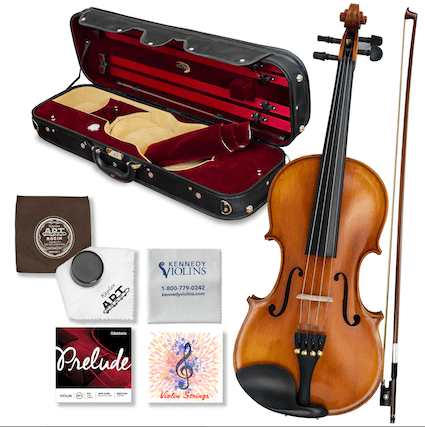10 Types of Violin Pieces with Examples
What’s a violin concerto, caprice, etude or sonata?
Discover different types of violin music with examples
Even if you’ve been playing the violin for fifty years, you’re probably always on the lookout for new pieces because there’s just SO much to choose from. You can spend hours going down the IMSLP rabbit hole, take it from me… But what if you want to play a particular kind of piece? What if you want something just for violin and piano and not orchestra? Are you looking for light background music, or a flashy piece to end your recital?
In this article, we go through the different compositional genres of classical violin repertoire and why they’re different
Most of these sections contain pieces at almost every level, so you can find something to fit your needs.
#1 Concerto
A full violin concerto is typically three movements (although there are exceptions) for solo violin with accompaniment. The accompaniment is usually orchestra (full orchestra, strings, or some other combination) although there are concertos with only a piano accompaniment written. Concertos are what the top violin soloists spend most of their time playing. In fact, top soloists often play just one or two concertos per season and travel around to different orchestras.
#2 Concertino
A concertino is similar to but shorter than a concerto. Many concertinos are written for young students who are not yet ready for full concertos. For that reason, most concertinos are only scored for violin and piano.
There are concertos for each playing level, even beginner(ish) violin players. Go here to discover over a hundred (!) violin student concertos and concertinos with free sheet music.
#3 Sonata
The violin sonata started in the baroque era. At the time it was not very standardized, almost anything with a solo instrument and accompaniment could be called a sonata. However, during the classical era patterns and rules began to develop and a standard form emerged. Sonatas are usually three or four movements with the first and last movements being fast. The first movement sets up the main themes that are sometimes reused in the following movements. The sonata form you might have heard of applies to the first movement. Next to concertos, the sonata is the most standardized and important genres of repertoire for serious violinists.
#4 Sonatina
Like concertinos, this is just a shorter sonata that’s usually easier to play. Also they’re often less than four movements and the first movement doesn’t always follow the classical sonata form. These are great to play for intermediate violin players:
#5 Etude
If you have any aspirations of playing concertos and sonatas someday, you will want to prepare with lots and lots of etudes! Etudes are relatively short pieces that focus on specific aspects of technique so that when you see those in a piece you can tackle them easily. There is no better way to learn the trickiest aspects of violin-playing than to play a piece that makes you do the same technique over and over again. Etudes come in all different shapes and sizes, whether you are a beginner or a seasoned professional there are etude books for you.
#6 Caprice
A caprice is essentially a very complex, advanced etude. The most famous violin caprices are the ones by Paganini, Wieniawski, Lipinski, etc. They were all insanely talented violinists who wrote their own pieces to show off. Violinists learn caprices after playing many levels of etudes.
#7 Showpiece
A showpiece does not fit into the stricter categories of concerto or sonata, but this is still a huge genre. They vary greatly in length and style but are always meant to show off what a soloist can do. Showpieces are most often used as encores or recital pieces.
#8 Baroque Dance Suites
Perhaps not everyone agrees that this should be a separate category, but I think there is enough baroque dance music to justify it. This was the primary from of secular music in the baroque era, the stuff you would play for all the emperors and dukes and such. Later composers continued to write pieces based on these forms. We could write a whole other article about the differences between allemandes, minuets, and gavottes, but basically this section includes anything that was used for baroque court dancing and entertainment.

Hi! I'm Zlata
Classical violinist helping you overcome technical struggles and play with feeling by improving your bow technique.
#9 Fantasy
A fantasy is a very free, improvisationally based piece. For example, Sarasate’s famous Carmen Fantasy is a fresh take on the classic Bizet opera, weaving several well-known melodies into violinistic fireworks with blazing spontaneity. It is certainly a type of showpiece, but I put it in a separate category because so many pieces are just called. “Fantasies”.
#10 Rondos
Many violin pieces are based on this structure. Saint-Saens’ Rondo Capriccioso is a famous example. A rondo form is A-B-A-C-A. What do all these letters mean? A rondo begins with a main theme. It then presents a contrasting theme, returns to the main theme, presents yet another new section, returns to the theme, etc. This happens as many times as the composer’s heart desires. Many concertos and sonatas contain rondo movements, such as the Beethoven, Mendelssohn, and Mozart concertos. However, there are also several stand-alone rondo pieces worth being performed.
There’s our list of different genres of classical violin repertoire. Did I miss any? What’s your favorite genre to choose from?

